|
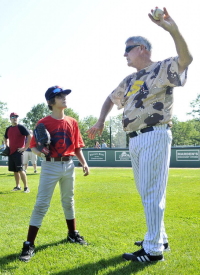 Suppose you took one of your children to the pediatrician.
After filling out the paperwork, being escorted back to an
examination room, and before your child was examined by the
pediatrician, a nurse came into the room and gave your child an
antibiotic to take. Suppose you took one of your children to the pediatrician.
After filling out the paperwork, being escorted back to an
examination room, and before your child was examined by the
pediatrician, a nurse came into the room and gave your child an
antibiotic to take.
It wouldn't matter if your child actually
needed an antibiotic.
It was just the policy of that particular pediatrician
to give everyone — regardless of their symptoms or problems —
an antibiotic.
I would hope that we've become sophisticated enough, in these
times of antibiotic resistence bacteria like MRSA, to see that
scenario as problematic. Antibiotics should only be given when
medically necessary or else they will lose their effectiveness.
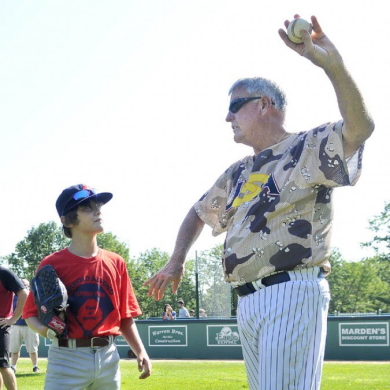
Tommy John
Teaching the Twist
As it turns out, in the world of throwing and pitching
instruction, we're dealing with something similar; a problem
that results from the over-prescription of certain throwing and
pitching remedies.
Pitching MRSA, if you will.
Pitching MRSA
Many, if not most, people who teach throwing and pitching are prescribing the
same drills to their clients, regardless of their symptoms or
problems.
In my opinion, this is contributing to the pitcher injury
epidemic that we are currently facing.
One Step Forward, 40 Steps Back
When you work with pitchers, and sometimes throwers, on
occasion you will find that some ballplayers will reverse-rotate
their shoulders in an attempt to create separation between their
hips and their shoulders. Pitchers who do this will tend to
rotate their shoulders around until they are in line with the
second baseman or even the first baseman (shortstop or third
baseman for lefties.
An example of a major league pitcher who does this is Madison
Bumgarner of the San Francisco Giants.

Madison Bumgarner
While this extreme reverse-rotation of the shoulders doesn't
seem to cause Madison Bumgarner any problems, young pitchers who
do this can experience any number of problems including throwing
from a low arm slot and horizontal inconsistency.
I believe that the pitcher injury epidemic got its start in
attempts by well-intentioned coaches to fix this real, but
relatively rare, problem.
When, How, & Why Things Changed
When, in the early 2000s, my oldest son started playing
baseball and I started coaching him and his teammates, I did
what I always do; I went to the bookstore and read (literally)
everything I could about the subject. Then, following some very good advice from a guy named Mark
Hanson, I compared everything I read to images of the best
players that I gathered using the Google image search feature.
One concept that you will come across if you read about
throwing and/or pitching is the high-cocked position. Basically,
the high-cocked position is the position of the thrower's or pitcher's arm at
the moment that their front foot plants and their shoulders
start to rotate.
If you look at pictures of the best, most durable pitchers,
you will notice that they all do several things at foot plant...
- Their pitching arm is up.
- Their pitching arm side elbow is bent around 90 degrees.
- They are showing the ball to third base (first base for
the lefties).
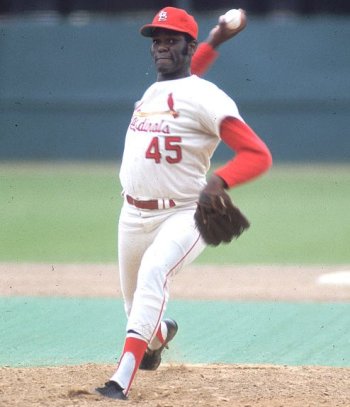
Bob Gibson
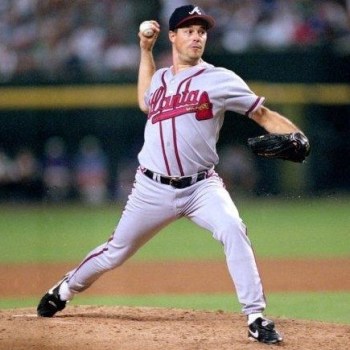
Greg Maddux
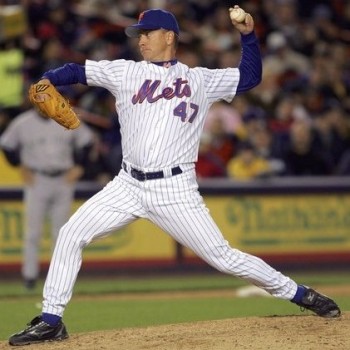
Tom Glavine
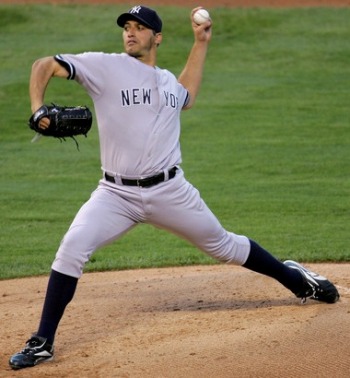
Andy Pettitte
It's remarkable how well this pattern holds for the durable greats,
largely regardless of era or pitching style.
The thing that I fairly quickly noticed was
that the books that I was reading were telling me to teach my
kids to do something completely different. They were telling me
to teach my kids to do something that is sometimes referred to
as "Showing the Ball to Center Field" or "Showing the Ball
to Second Base."
The first book that I noticed this difference in was Bob
Cluck's "How to Hit and How to Pitch."
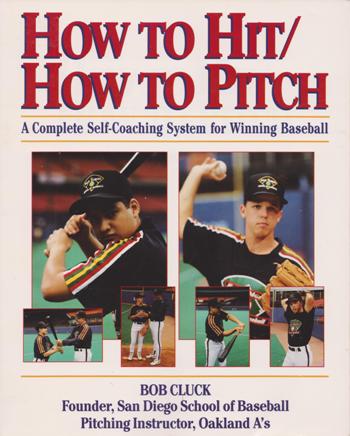
How to Hit and How to Pitch
If you look at what he and his students demo in that book,
you will see a very different position at foot plant.
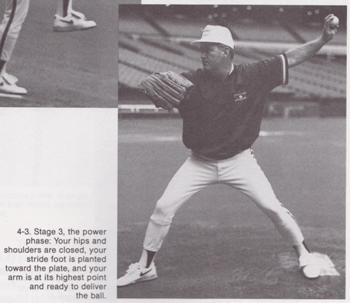
How to Hit and How to Pitch
Instead of being bent roughly 90 degrees, the elbow was
bent more like 30 or 45 degrees.
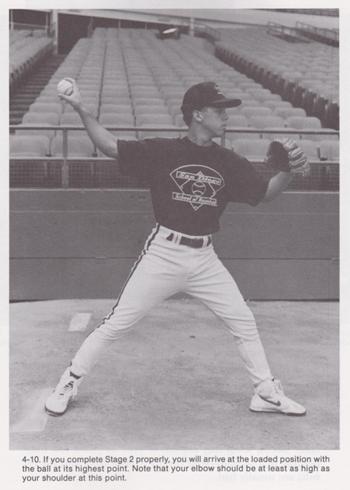
How to Hit and How to Pitch
Instead of showing the ball to third base, the pictures in
the book demonstrated showing the ball to the center fielder or
the second base bag.

How to Hit and How to Pitch
As I started to dig into this difference, I found it in other
books, including Joe "Spanky" McFarland's book "Coaching
Pitchers."
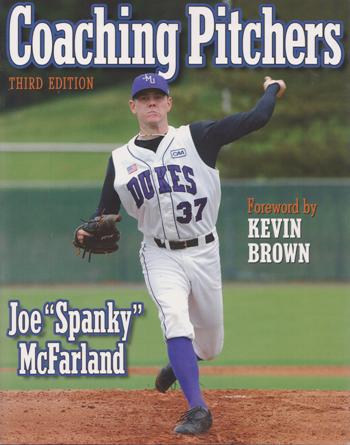
Coaching Pitchers
Again, instead of demonstrating the position that I saw in
pictures of some of the best pitchers to have ever played the
game, I saw something else.
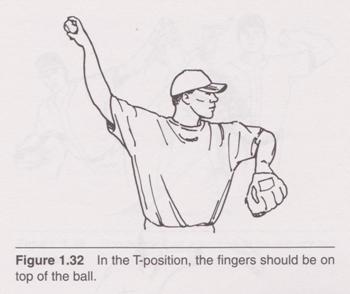
Fingers on Top of the Ball
This book is careful to point out that the fingers should be
on top of the ball. This is very commonly taught, but it's not
what you see in pictures of the best pitchers. While their
fingers are behind the ball,
it's not accurate to say that their fingers are
on top of the ball.
A third book that contains similar advice is "Play Baseball
the Ripken Way."

Coaching Baseball the Ripken Way
Once again, if you look at the pictures in this book, you
will see lots of examples of what is currently taught in terms
of throwing.
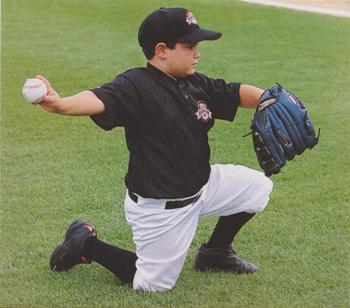
Coaching Baseball the Ripken Way
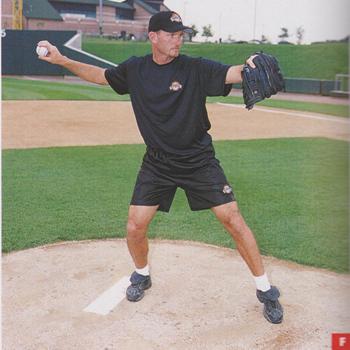
Coaching Baseball the Ripken Way
However, if you compare what is being taught to what the best
ballplayers actually do — or did — you will find some dramatic
differences.
Why Does This Matter?
This matters because what is being taught in terms of proper
throwing and pitching mechanics, while proper in the sense that
it will help ballplayers throw
harder, is problematic because in my opinion it will
increase the load on the elbow and the shoulder.
I discuss the biomechanics of this in my piece on
the Tommy
John Twist, my new name for what I originally called
Premature Pronation.
|


 Suppose you took one of your children to the pediatrician.
After filling out the paperwork, being escorted back to an
examination room, and before your child was examined by the
pediatrician, a nurse came into the room and gave your child an
antibiotic to take.
Suppose you took one of your children to the pediatrician.
After filling out the paperwork, being escorted back to an
examination room, and before your child was examined by the
pediatrician, a nurse came into the room and gave your child an
antibiotic to take.












